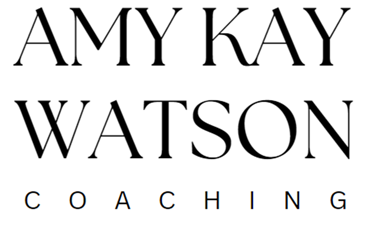To identify the right areas for setting your own useful coaching goals, you need to look inward and use self-assessment to find the intersection of your strengths, passions, and growth edge. This process involves exploring three key “zones”: your Zone of Genius, your “Stretch” Zone, and your core personal values.
1. The “Zone of Genius”
Your Zone of Genius is the area where your unique talents and skills naturally overlap with the activities that bring you deep joy and fulfillment. Goals set in this zone energize you rather than drain you.
How to identify your Zone of Genius:
- Reflect on past successes. Recall projects, tasks, or experiences that left you with a profound sense of satisfaction and accomplishment. What were the specific talents you used in those moments?
- List your skills and passions. Make a comprehensive list of all your skills, both technical and non-technical. Next to each one, note whether it feels effortless and fulfilling. Look for overlaps where a skill you possess brings you joy.
- Ask for feedback. Friends, family, and colleagues may see your unique strengths more clearly than you do. Ask them what they perceive as your most valuable abilities.
- Review past feedback. Look at old performance reviews or feedback you have received. Notice the patterns in what people praise you for.
2. The “Stretch” Zone
While your comfort zone is where you feel safe, your “stretch” zone is the ideal place for meaningful growth. It pushes you beyond your comfort level without causing so much panic that you become drained and paralyzed by anxiety.
How to identify your Stretch Zone:
- Assess current skills. Conduct a SWOT analysis (Strengths, Weaknesses, Opportunities, Threats) to clearly identify your current capabilities and areas for improvement. Where do you feel “just okay,” and where could a boost in skill make a real difference?
- Imagine future growth. Ask yourself, “What new challenges do I want to face?” and “What skills do I need to develop to take the next step?”.
- Practice self-reflection. Use a journal to regularly ask yourself what is and isn’t working in your life right now. This helps pinpoint areas where a shift would make your work feel easier or more fulfilling.
3. The “Value Alignment” Zone
Goals are more meaningful and motivating when they are deeply connected to your core values. Identifying this zone ensures you are not pursuing someone else’s definition of success.
How to identify goals that align with your values:
- Clarify your vision. Explore your long-term aspirations. If you were to look back in five years, what would make you feel proud? What legacy do you want to create?
- Explore your identity. Try the “I am the person who…” exercise to clarify what is genuinely important to you. For example, “I am the person who believes in treating people fairly”. The changes you want to make to become that person more consistently are your goals.
- Use coaching questions. Ask yourself questions to uncover your motivations and beliefs:
- “Why is this goal important to me?”
- “What might be the downsides of succeeding at this goal?”
- “What drives me most right now—ambition, impact, or fulfillment?”
Putting it all together: Actionable steps for setting goals
Once you have explored these three zones, you can set useful, aligned, and motivating goals by following these steps:
- Select a focus area. Based on your self-assessments, choose 1–3 areas that sit at the intersection of your genius, stretch, and values.
- Define your objective. Answer the question, “What do I want?” by drafting a specific, inspiring outcome. Use the EXACT model (Explicit, Xciting, Assessable, Challenging, and Time-framed) to refine your objective.
- Create a SMART action plan. Break your larger objective into smaller, manageable steps that are Specific, Measurable, Achievable, Relevant, and Time-bound.
- Prioritize for impact. Not all goals are equally important. Prioritize your learning needs using an urgency-importance matrix to focus on high-impact, high-ease tasks first for quick wins that boost momentum.
- Reflect and adjust. Regularly monitor your progress, celebrate small wins, and stay flexible. Your goals and priorities may evolve as you learn more about yourself.


Pingback: Maximize the Benefits of Coaching: Insights from the Research and my Experience – Amy Kay Watson